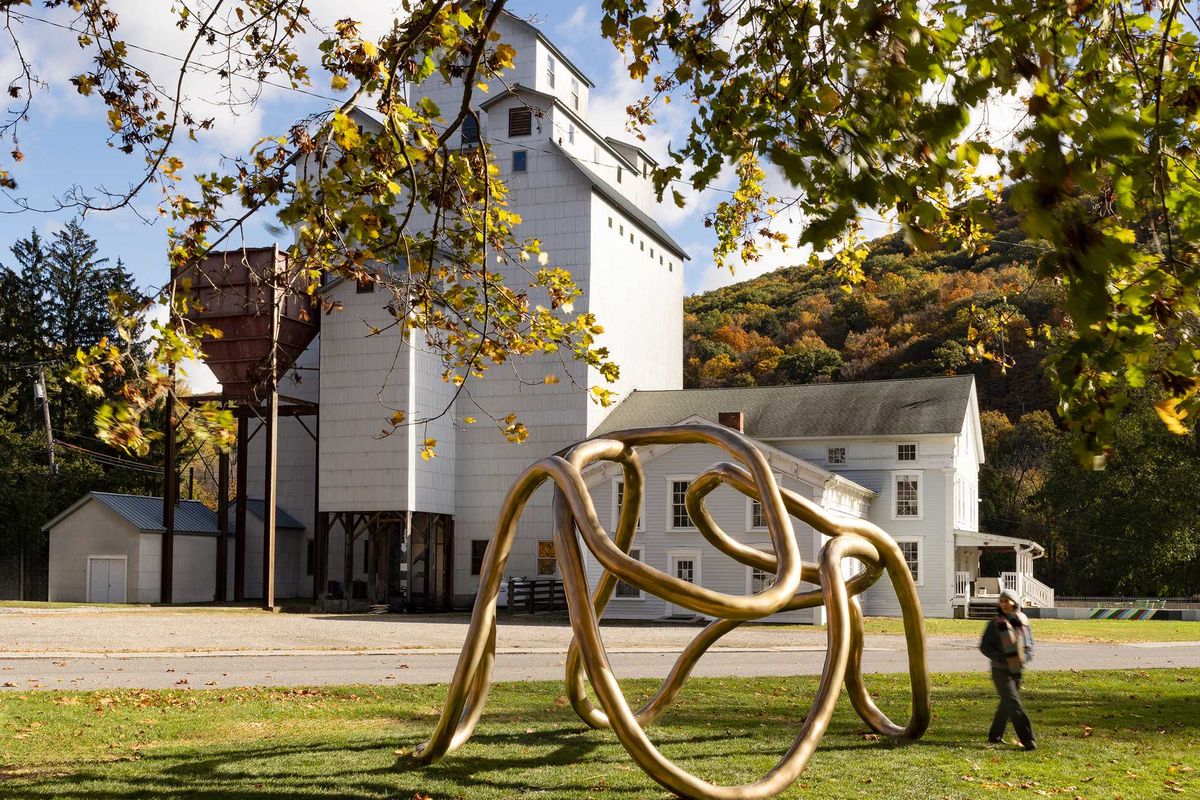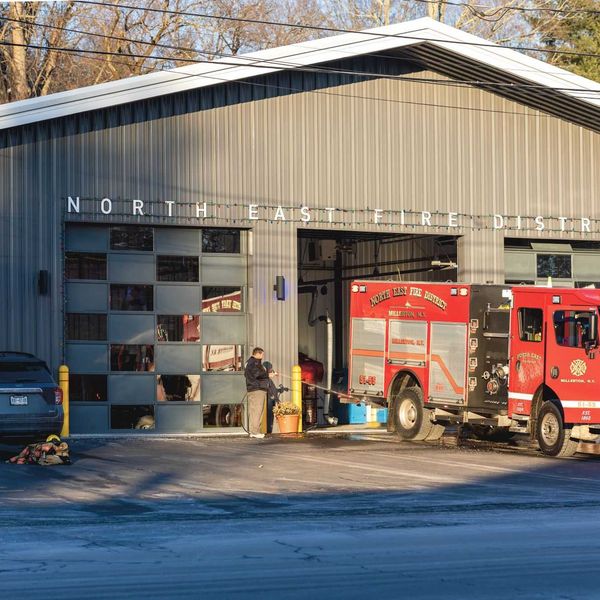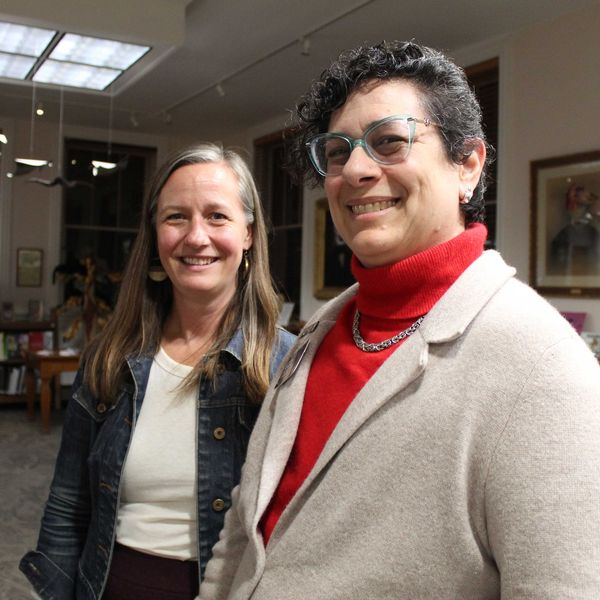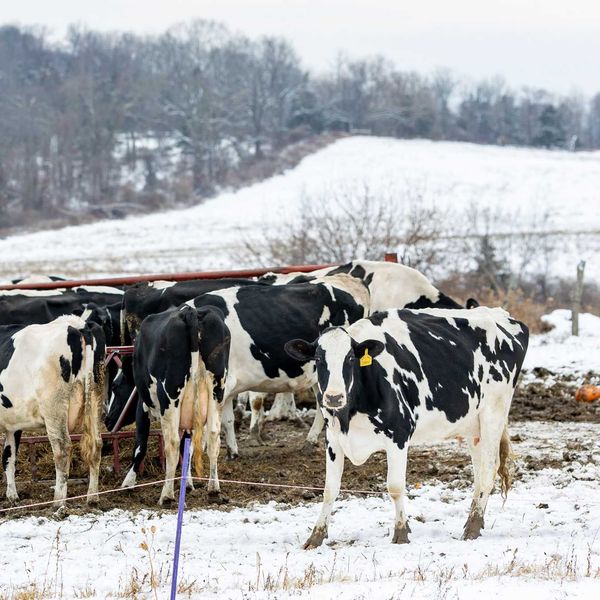Connecting Millerton to Ancram: Rail Trail’s new extension now open

Cole Demuth, 6, and Lena Clanahan, 9, rode their bicycles side-by-side along the new north-bound section of the Harlem Valley Rail Trail leading from Main Street in Millerton to Beilke Road in Ancram.
Photo by Kaitlin Lyle

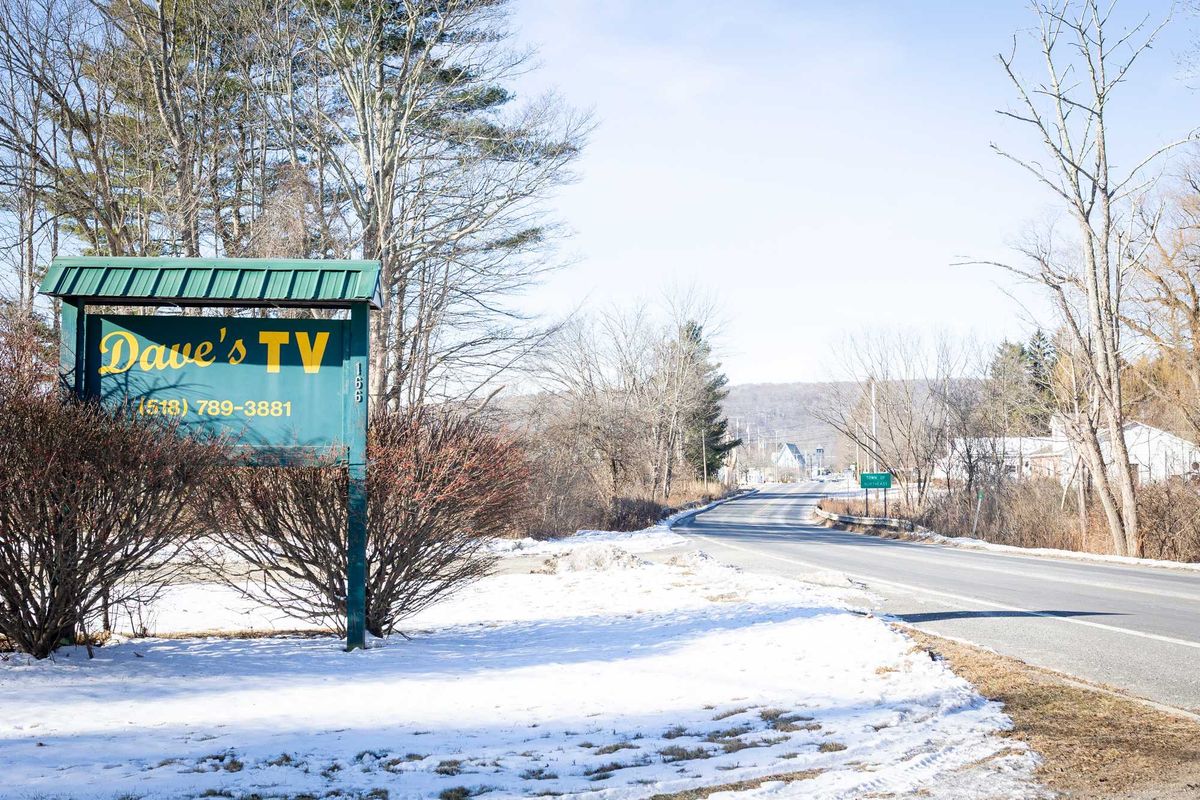

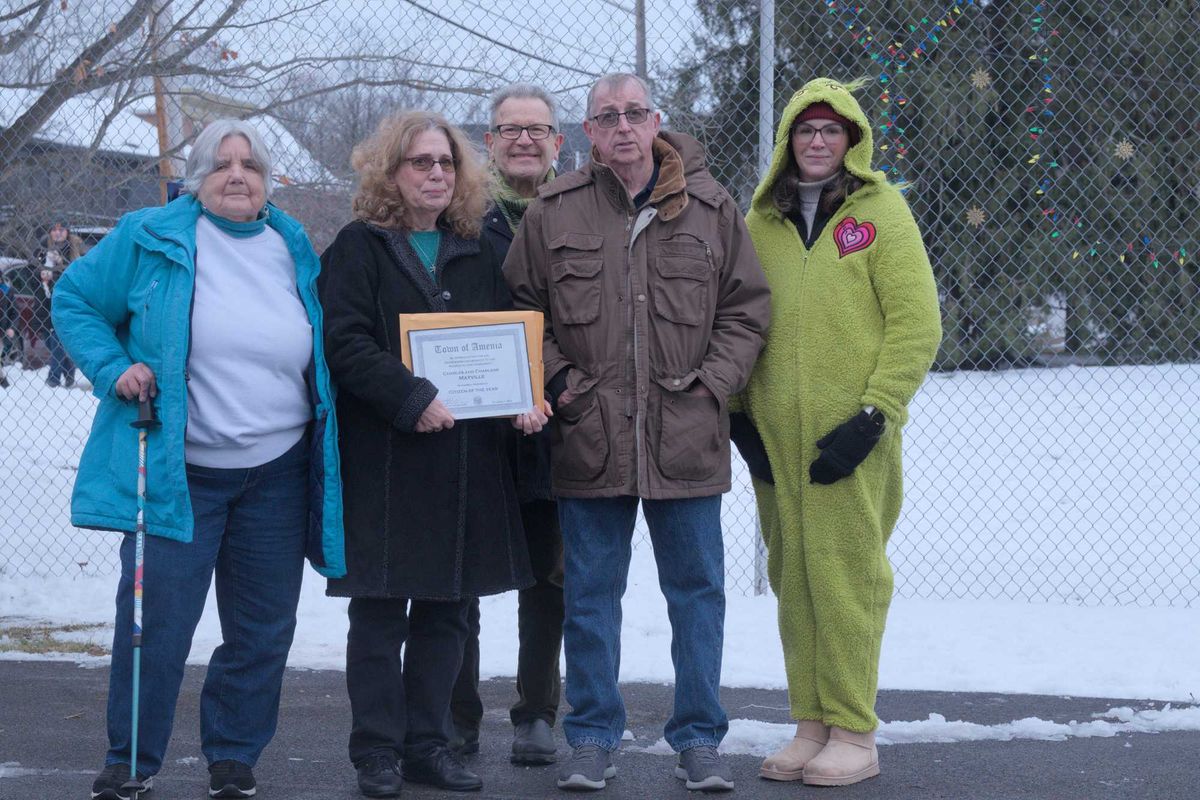
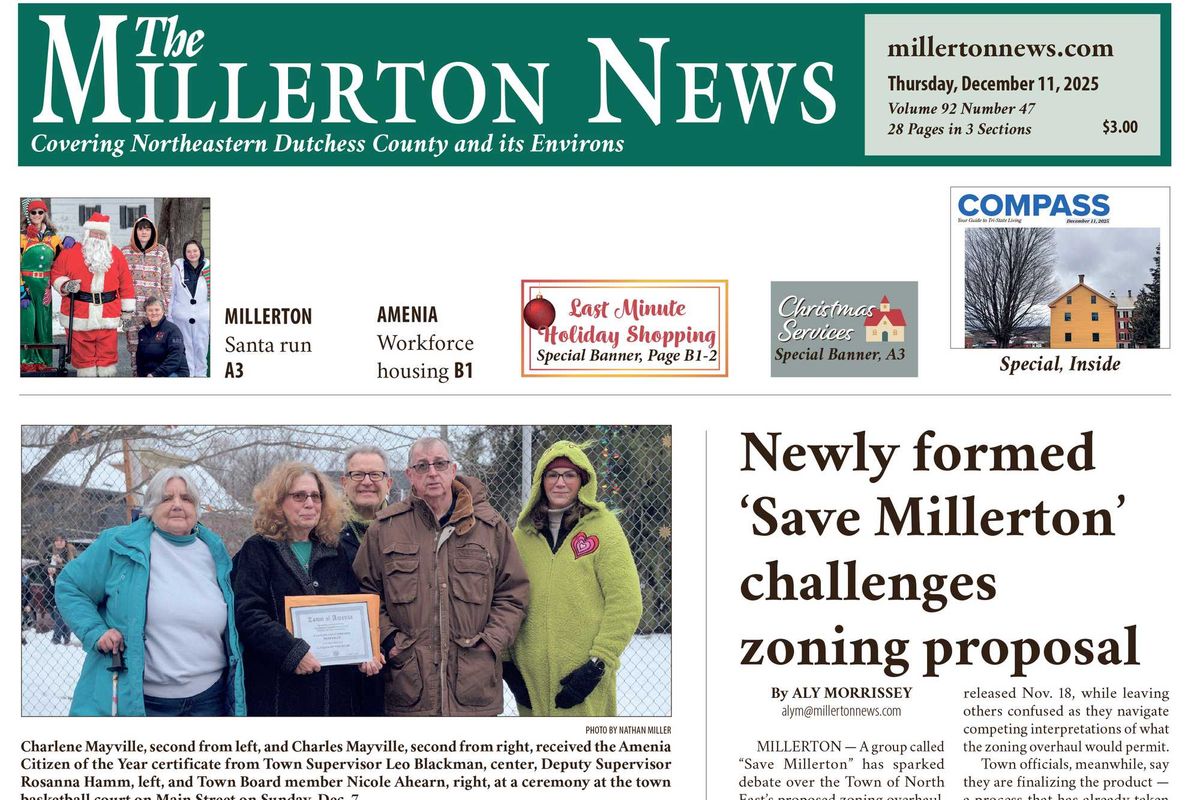


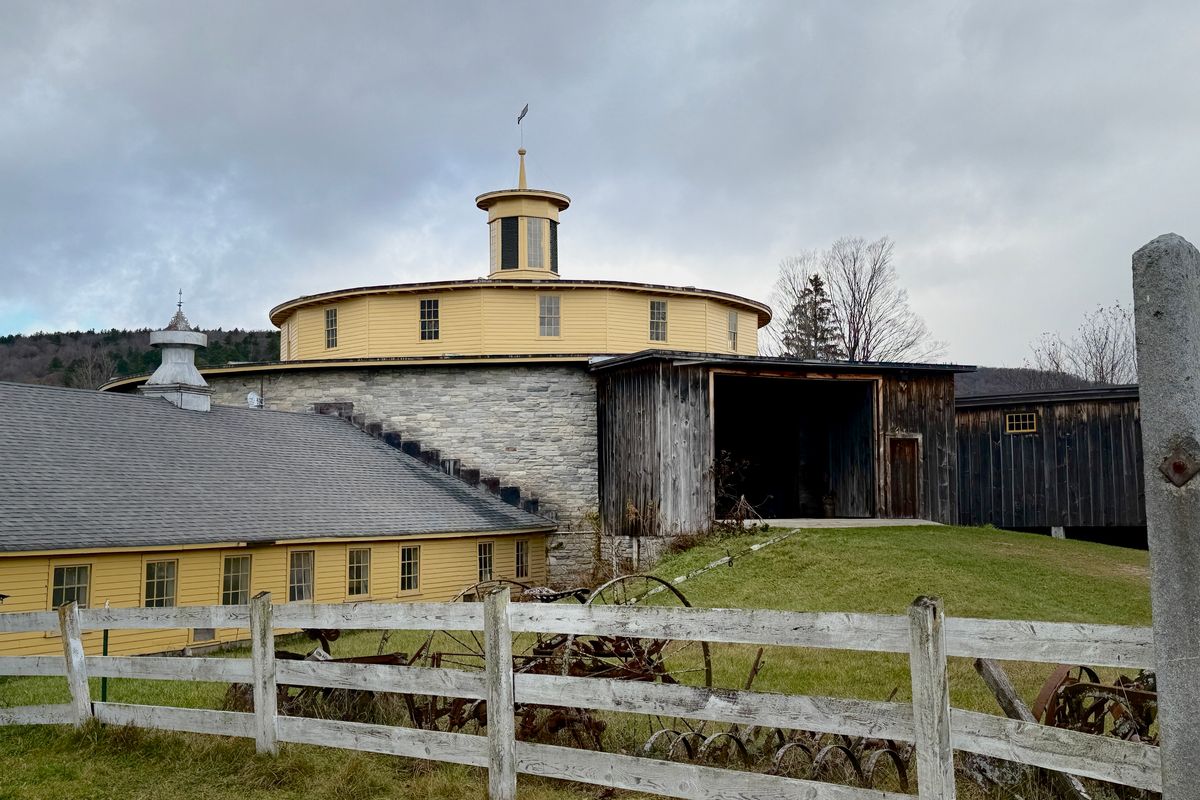
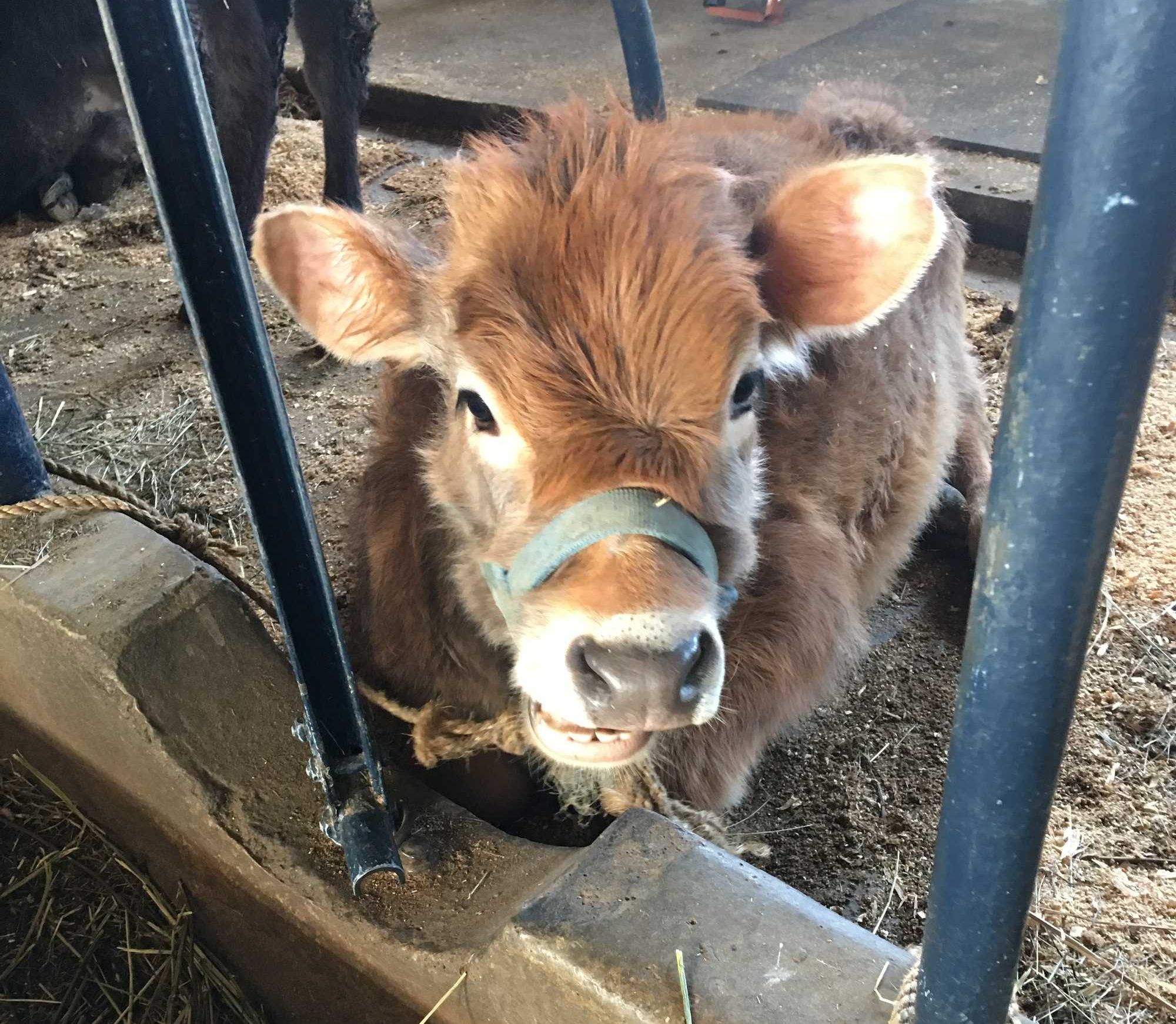 Shakers referred to their farm as the City of Peace.Jennifer Almquist
Shakers referred to their farm as the City of Peace.Jennifer Almquist
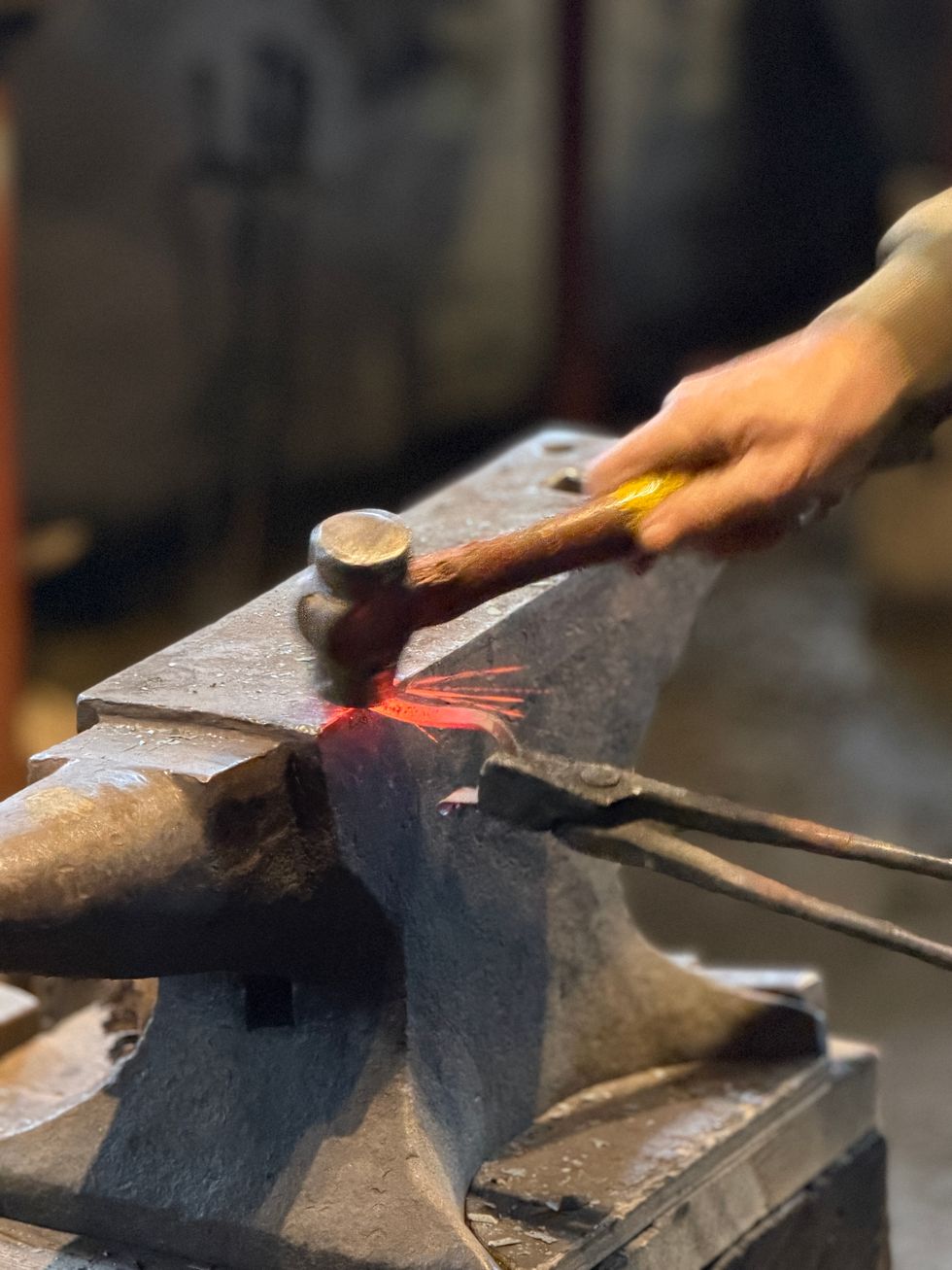
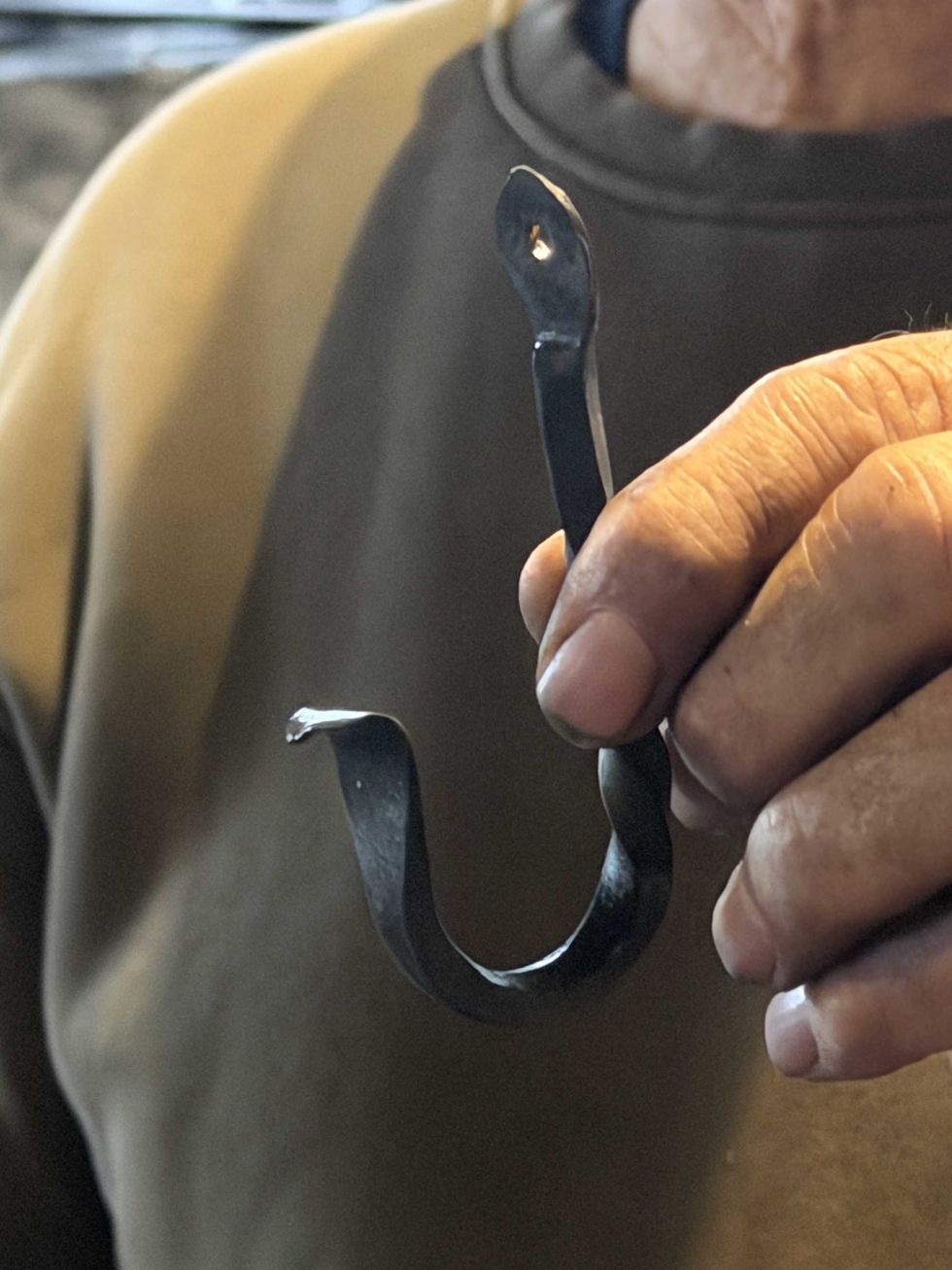
 A Shaker chair.Jennifer Almquist
A Shaker chair.Jennifer Almquist The Shakers embraced practical designs of great utility and beauty.Jennifer Almquist
The Shakers embraced practical designs of great utility and beauty.Jennifer Almquist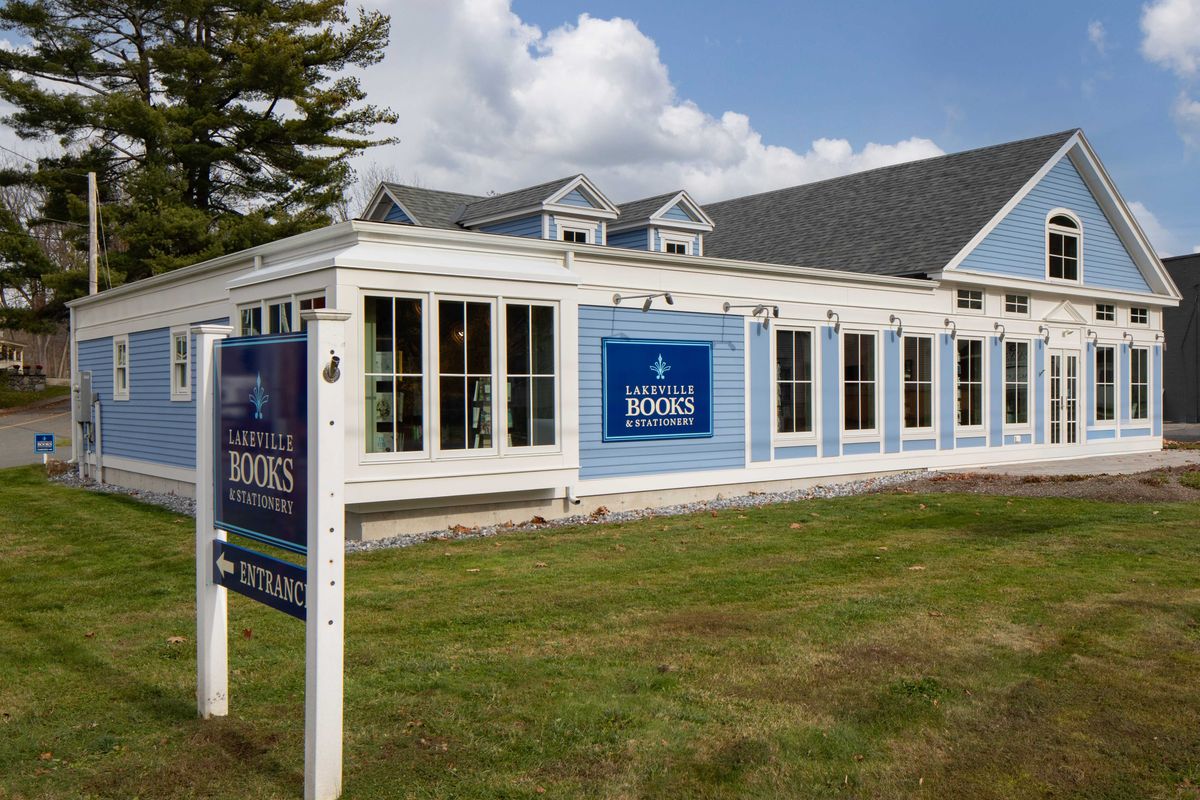
 Interior of Lakeville Books & Stationery.Provided
Interior of Lakeville Books & Stationery.Provided